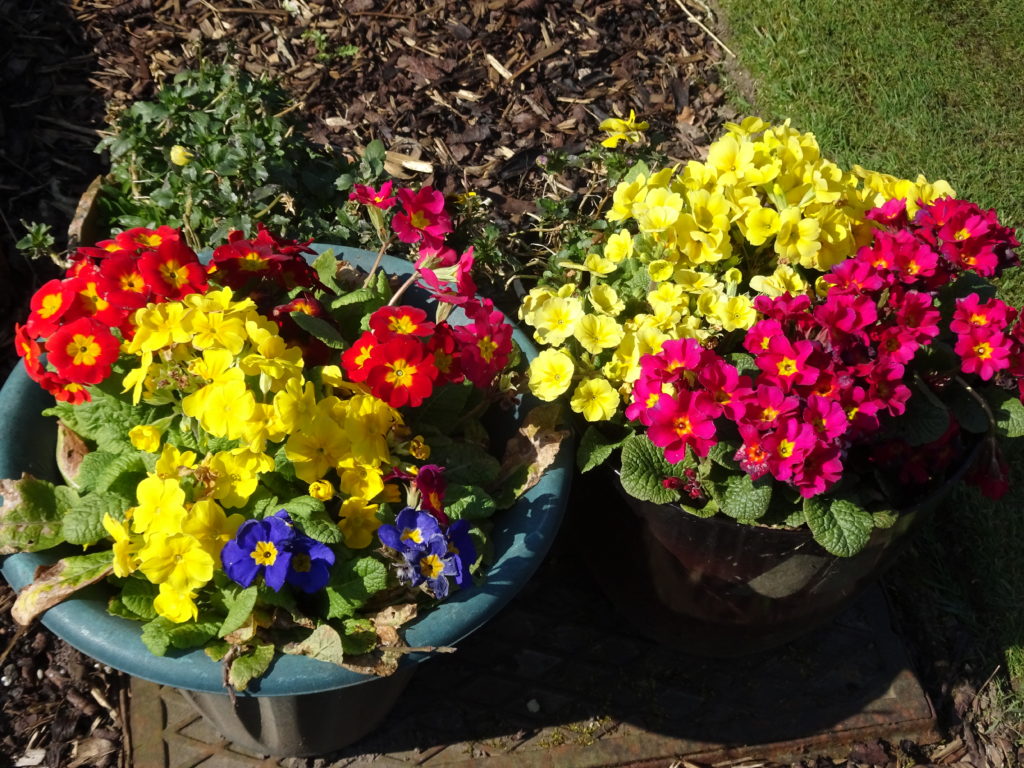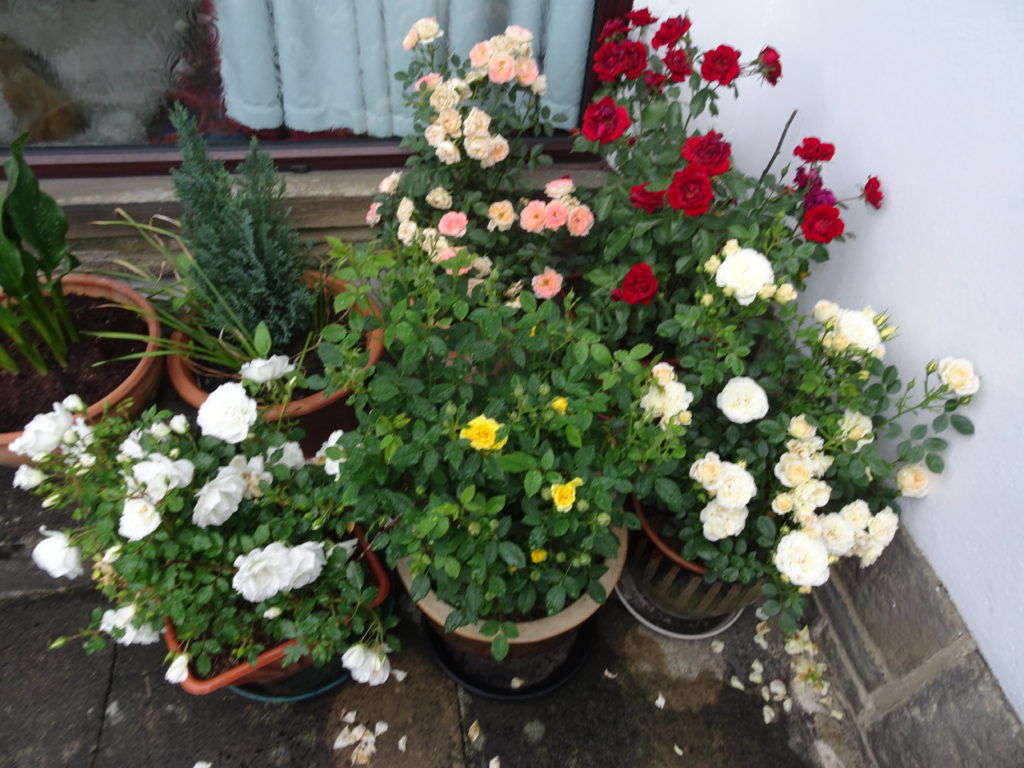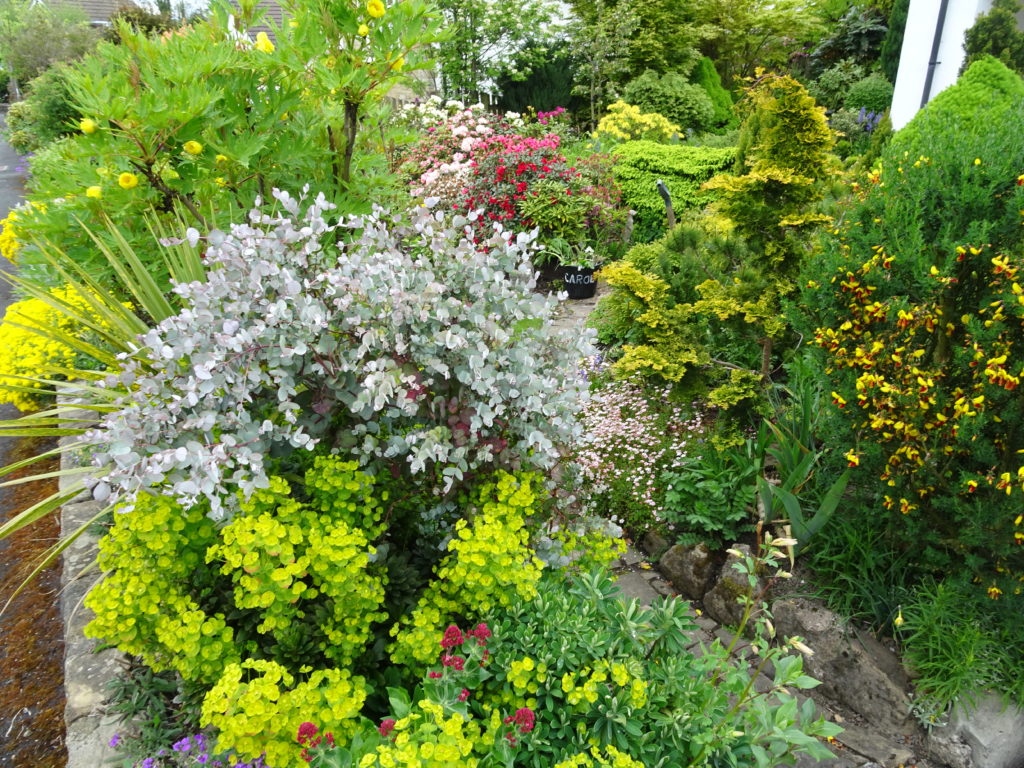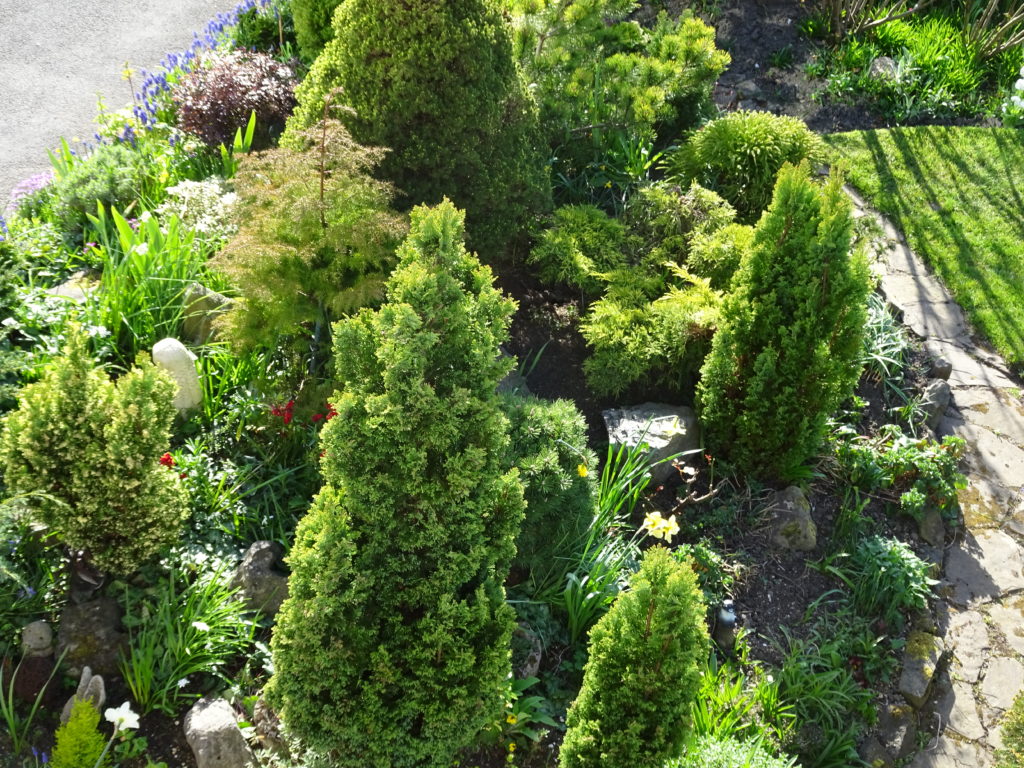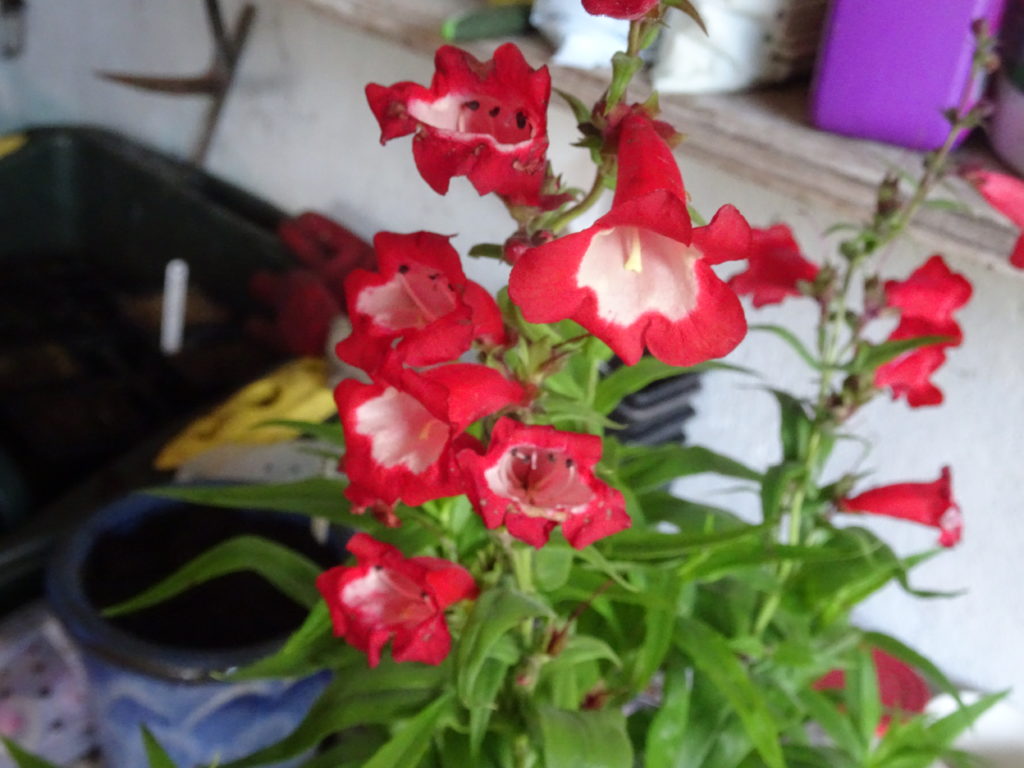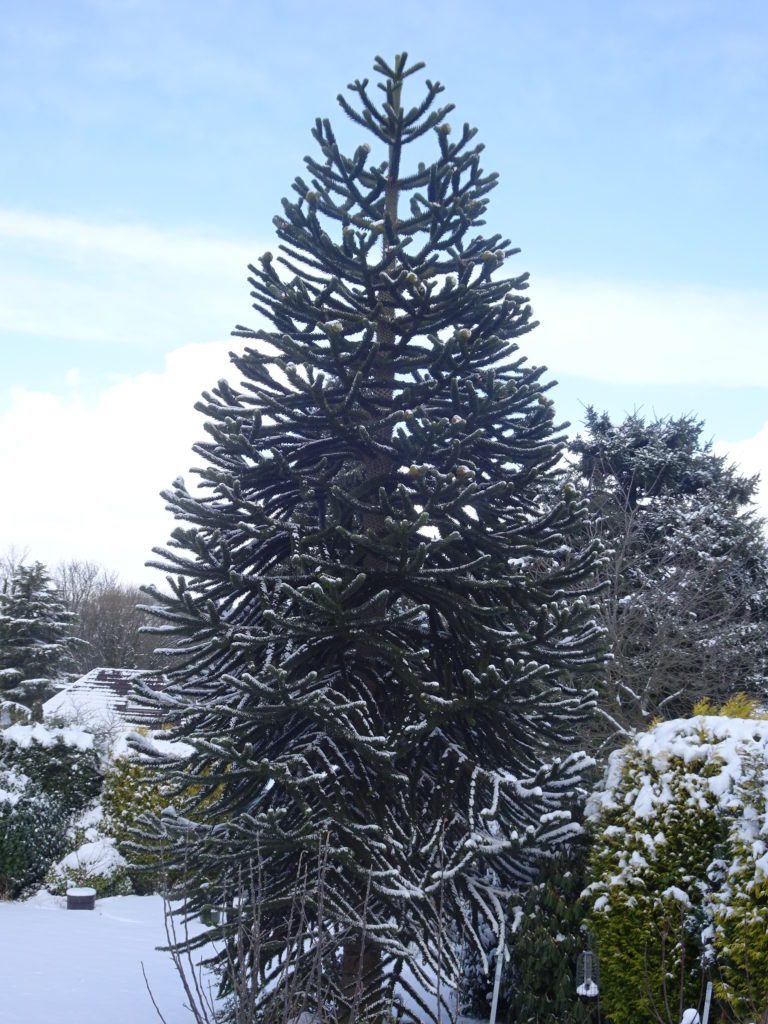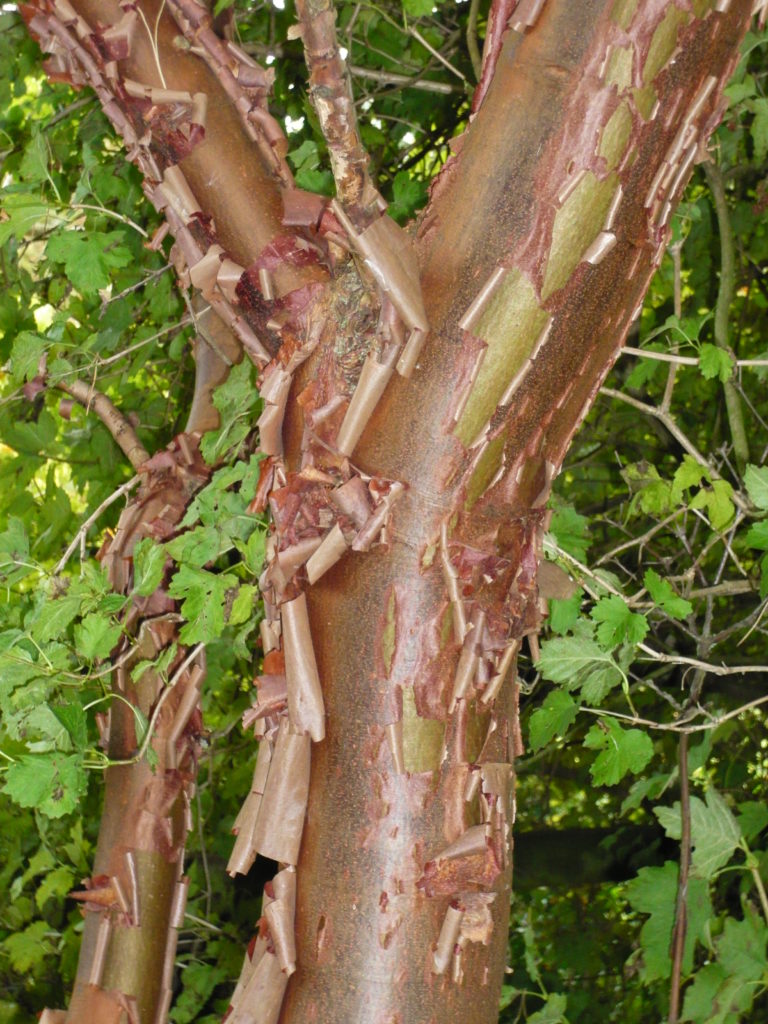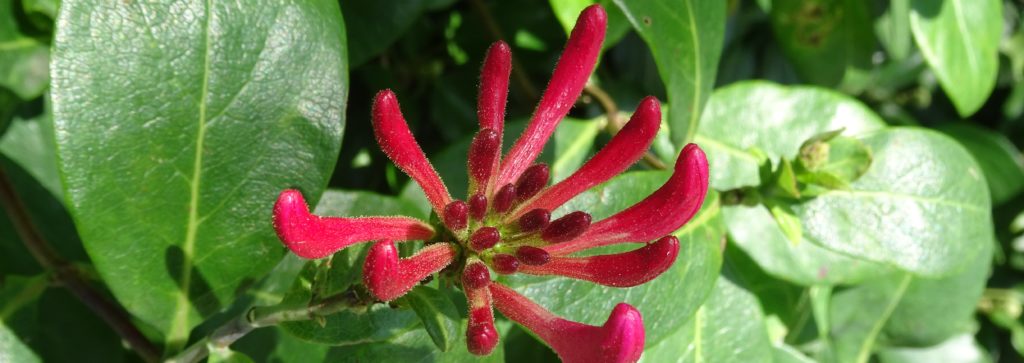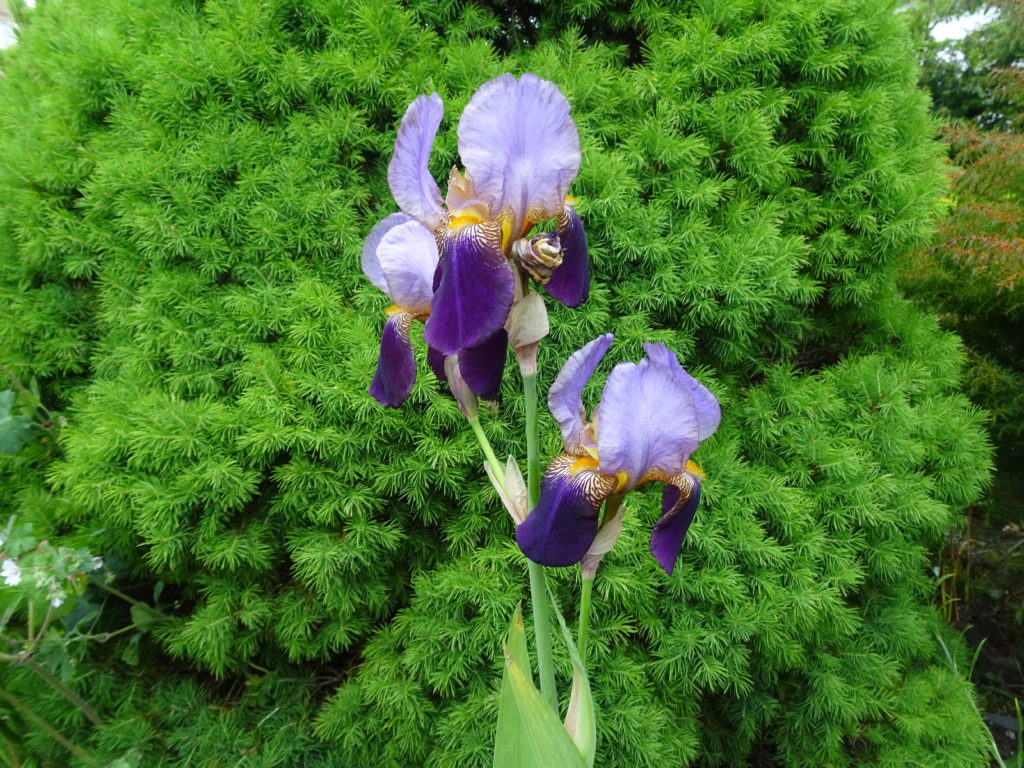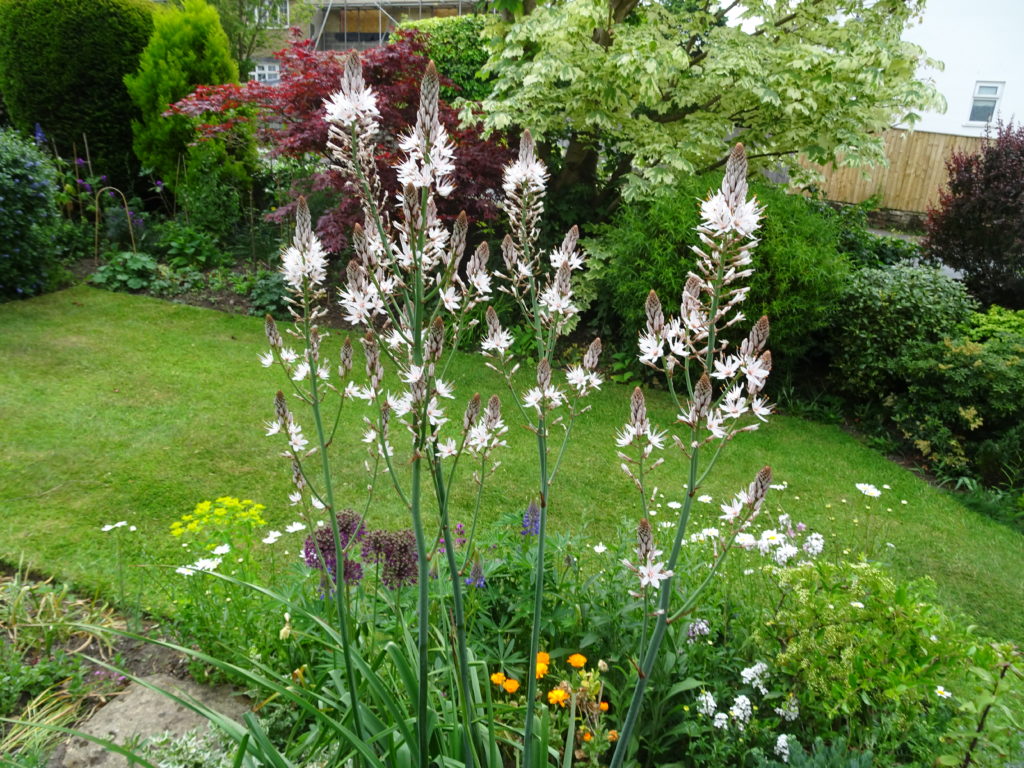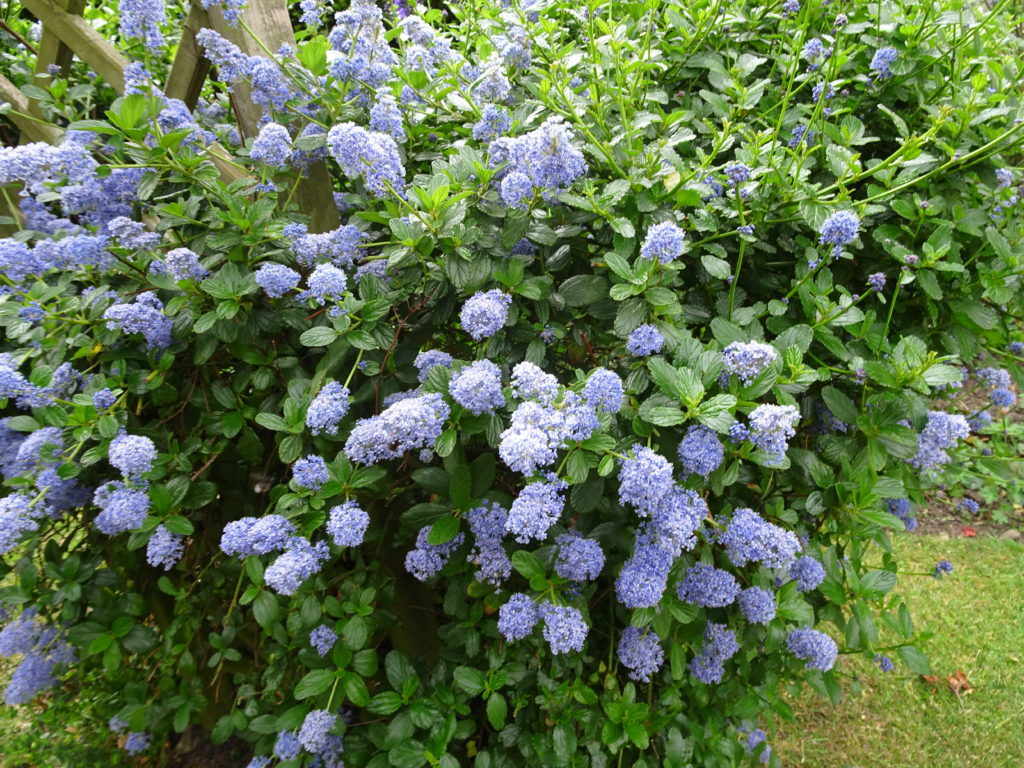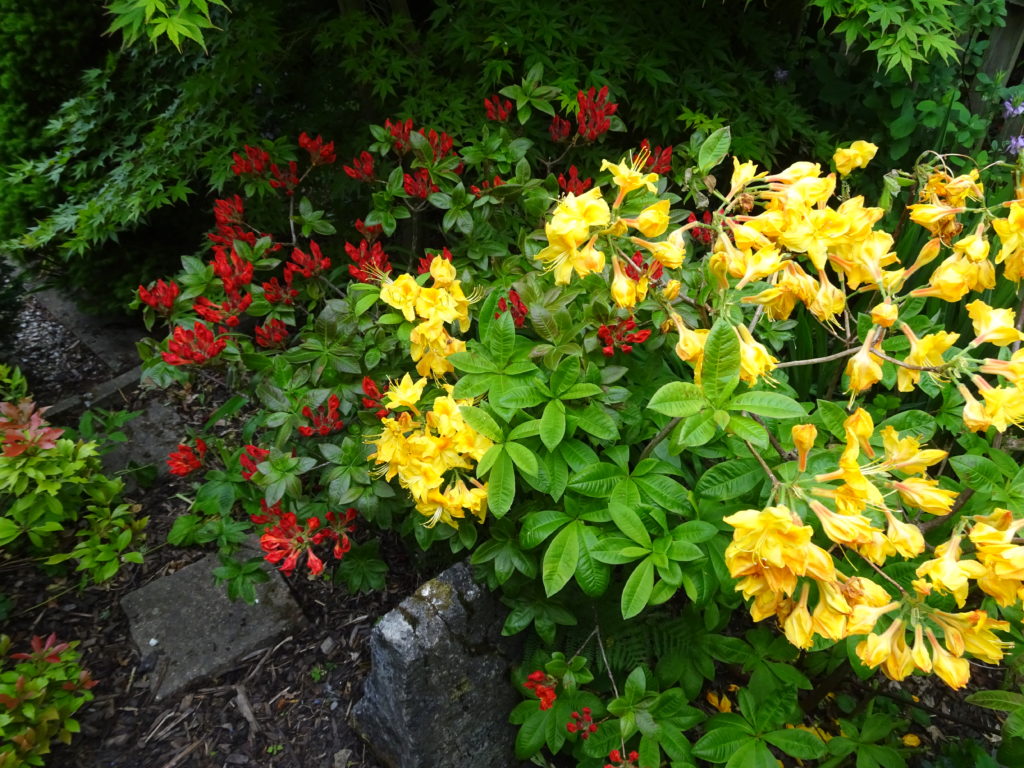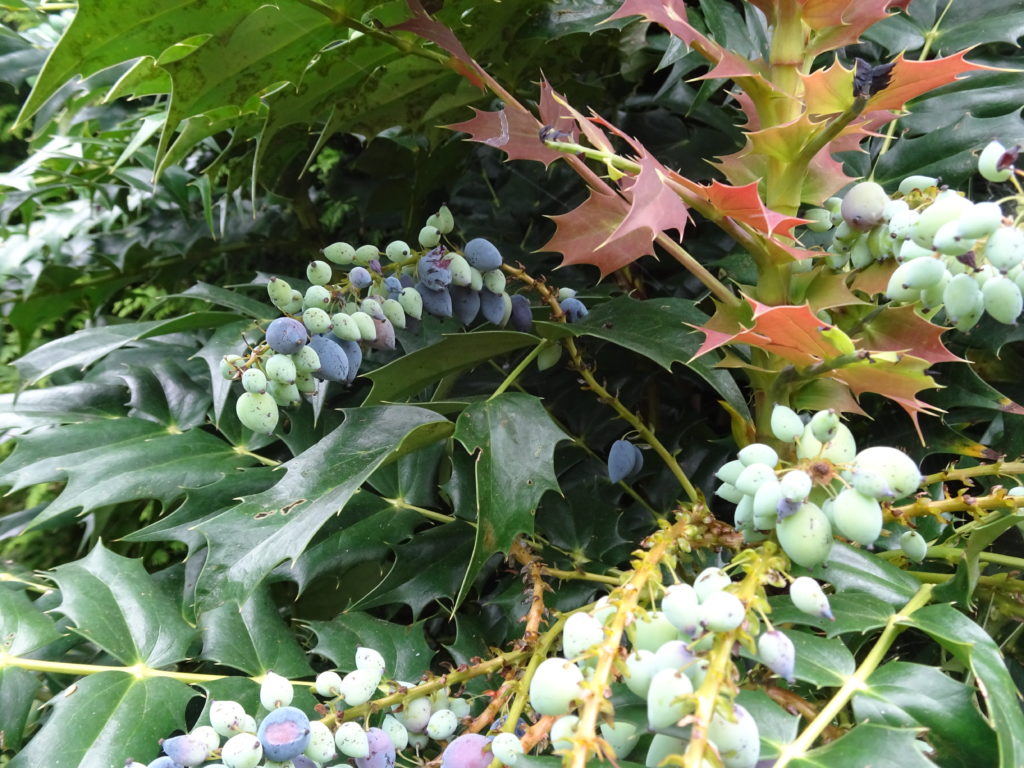Net Gains in the Garden
2021 Net Experience to date
- I am moving away from plastic nets particularly the fine thin green version sold by some retailers. They break after one season, become brittle and inevitably end up in landfill or worse.
- This season I favour chicken wire either galvanised or coated mesh. I have strung a 6 foot length between two stout metal poles. The poles have been fed through the holes at the edge every 6 inches or so. Thus I have a wall of netting for my sweetpeas to climb up.
- Rather than use netting on softfruit I intend using horticultural fleece as a temorary covering because I hve a surplus of fleece and it deteriorates if kept to long.
- Wire mesh can be adapted as a coarse sieve used on my home made compost.
- Whilst not true netting I use wire frames for bird feed holders. I have a couple for suit blocks and seed balls.
original post on garden products April 2011
‘Netting can be very useful in the garden and there is usually one or more types for each particular application.
Climbers like Sweet Peas need something to cling on to as they grow. You can cut off the tendrils and tie the stems to a cane but that is labour intensive. I prefer to use a very open green plastic net. It is about the cheapest you can buy and if you throw it away at the end of the year it will have done its job.
For runner beans and climbing beans I use stronger plastic net also with a wide open mesh and strong poles. Again it is still cheap as a form of netting.
For protecting soft fruit like strawberries or building a fruit cage you need knotted netting also called mesh knotted netting. This is strong enough to keep out the birds. The mesh varies from 7mm squares to 18mm diamonds. The smaller gauge keeps out moths and butterflies and the wider for pigeons and small birds.
For herons over your pond a wider mesh of 45mm will not spoil the appearance.
Insect mesh netting is finer and more akin to fleece. It can deter carrot fly, cabbage root fly and caterpillars whilst giving a modest amount of shade.
Wind break or shade nets are made from higher density polypropylene.
Pond nets for leaves and debris can also protect your goldfish. A fishing line strung across the edge of ponds may deter cats and other creatures.’
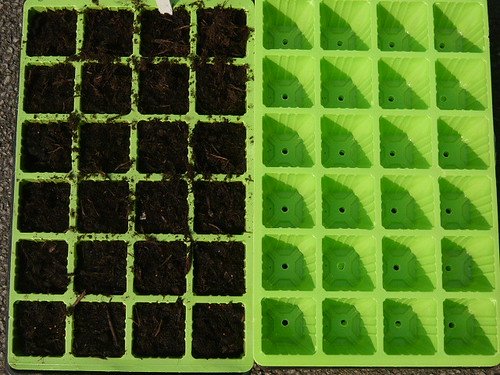
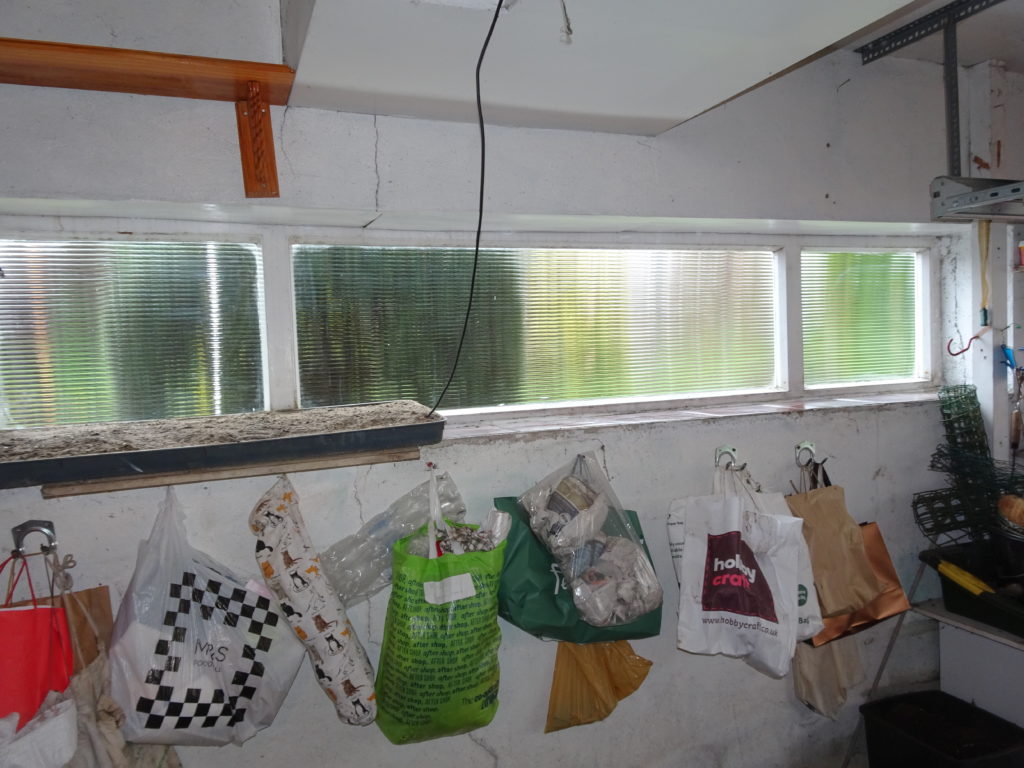 Winter quarters on garage windowsill. Short of light but a warm sand based seed bed
Winter quarters on garage windowsill. Short of light but a warm sand based seed bed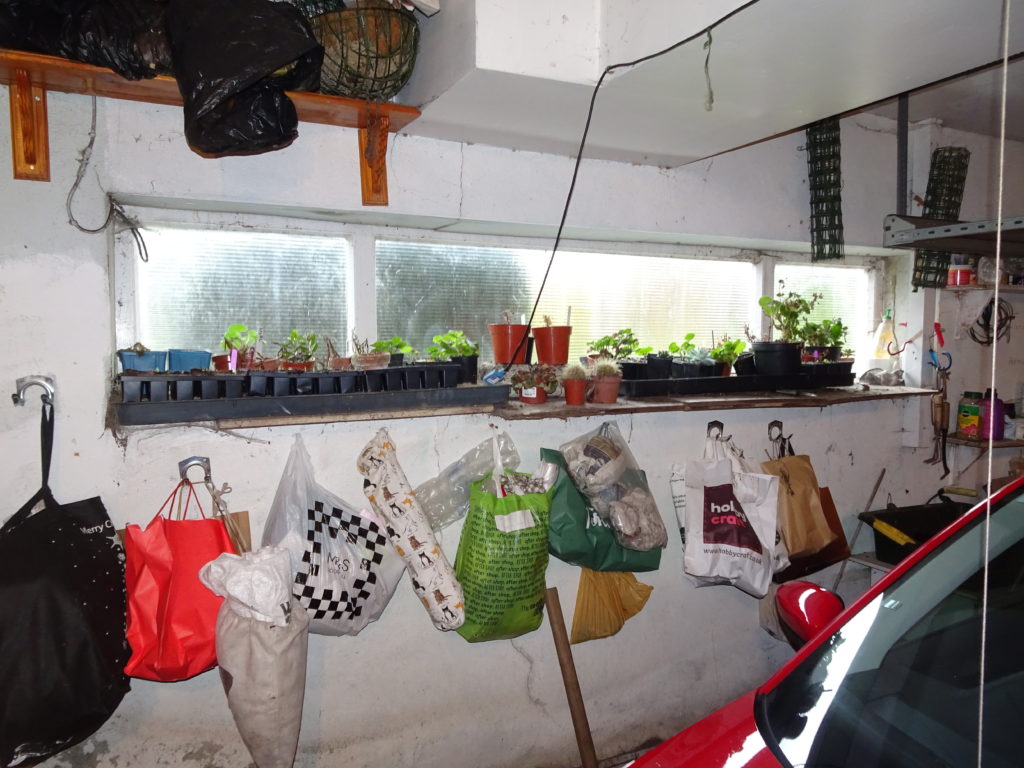 Early protection in the bagging area.
Early protection in the bagging area.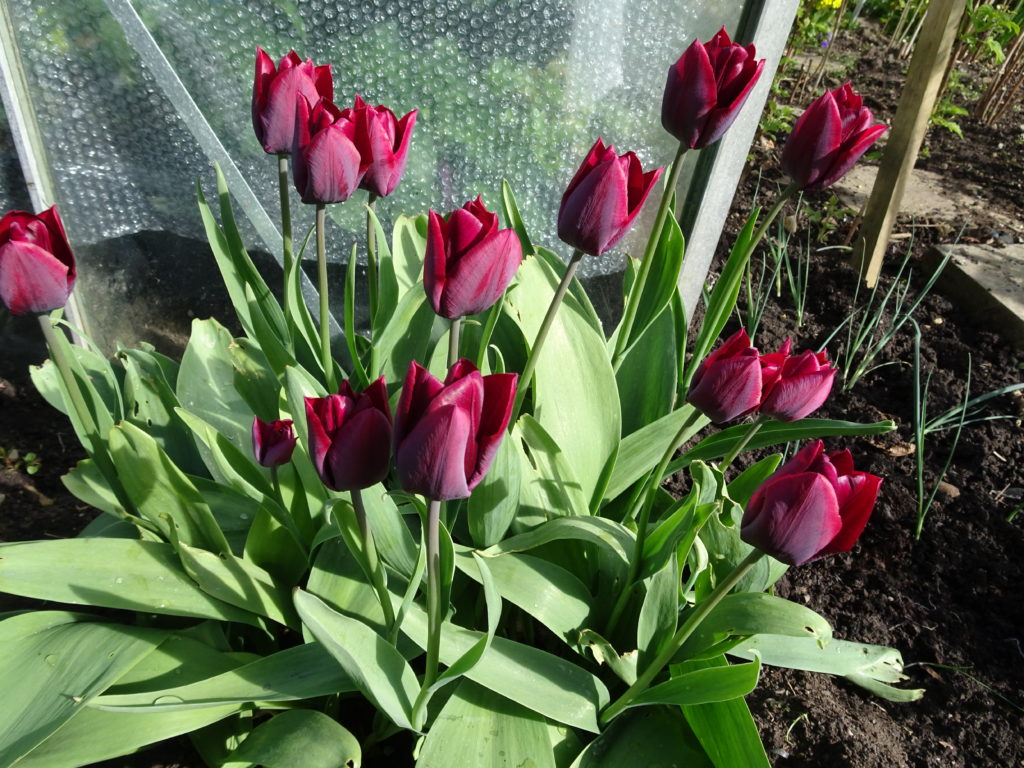
 Rhododendrons were decimated by the cold snap – still I hope for better next year – third time lucky after last years frost.
Rhododendrons were decimated by the cold snap – still I hope for better next year – third time lucky after last years frost. I treated myself to a Knaphill Azalea’Viscosa’ a white thjat will flower after our northern frosts.
I treated myself to a Knaphill Azalea’Viscosa’ a white thjat will flower after our northern frosts.

